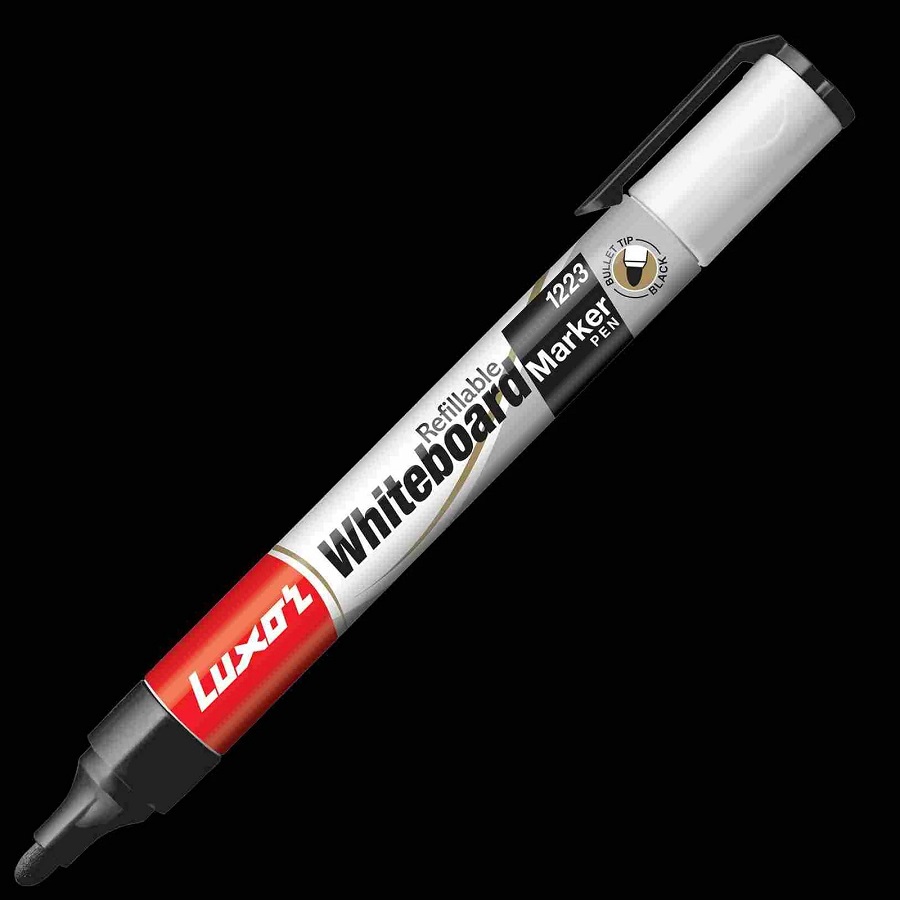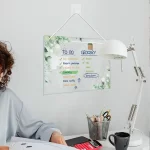Whiteboards are indispensable tools in classrooms, offices, and homes. They serve as valuable surfaces for brainstorming, teaching, presentations, and more. However, over time, they can accumulate stubborn marker stains that are difficult to remove. Whether it’s a permanent marker mishap or years of accumulated dry-erase ink, old marker stains can diminish the aesthetic appeal and functionality of a whiteboard. This article outlines effective ways to clean old marker stains from your whiteboard, ensuring it remains pristine and ready for use.
Understanding the Problem: Why Old Marker Stains Appear
The Causes of Stubborn Whiteboard Stains
Before diving into cleaning methods, it’s important to understand why whiteboards can develop stubborn marker stains. Most whiteboards are designed to be used with dry-erase markers, but over time, certain factors can lead to ink buildup. The primary causes include:
- Old Ink: Ink from dry-erase markers contains solvents that can evaporate over time, leaving behind pigment residues. When these residues are left on the board for too long, they can harden, making the stains difficult to remove.
- Incorrect Cleaning: Regularly cleaning a whiteboard with improper materials, such as harsh chemicals or abrasive tools, can cause the surface to become porous. This makes it more challenging to remove ink stains and can even damage the whiteboard.
- Permanent Markers: Sometimes, permanent markers are used by mistake on whiteboards. The ink from permanent markers bonds more strongly with the surface, making it much harder to erase.
Understanding these causes can help you choose the most effective method for cleaning old stains without damaging your whiteboard.
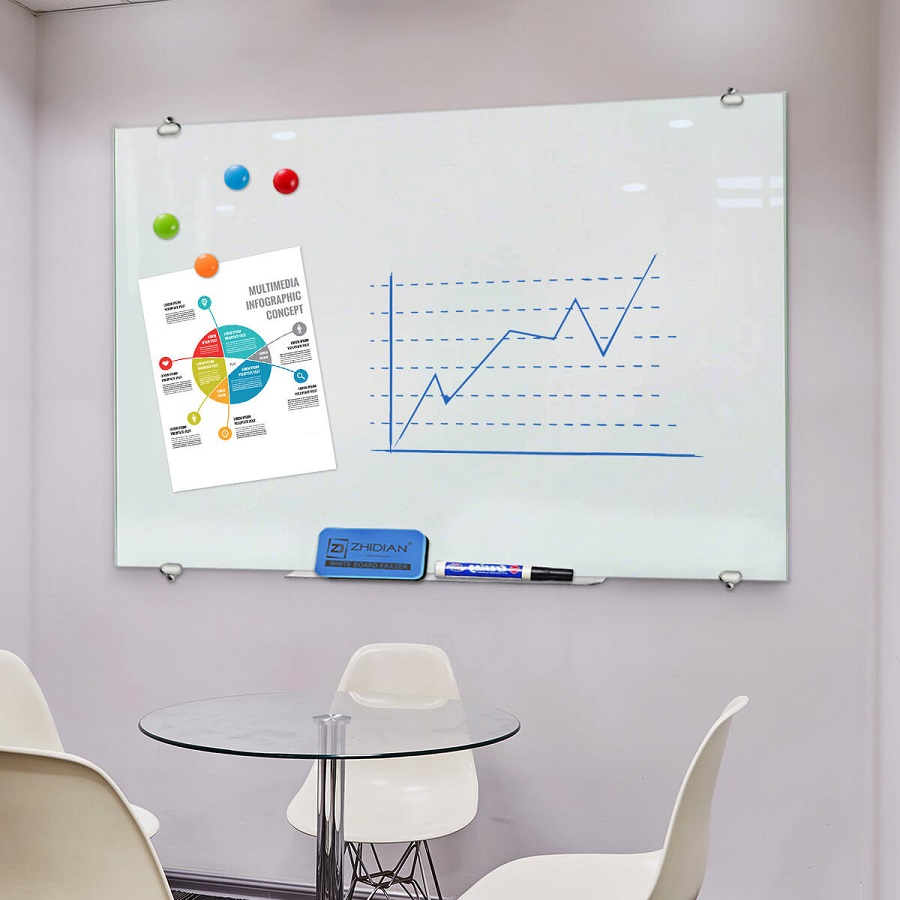
Preparing Your Whiteboard for Cleaning
Initial Steps to Assess and Protect the Board
Before tackling the old marker stains, it’s crucial to properly assess the condition of your whiteboard and prepare it for cleaning. Here’s how to do it:
- Clear the Whiteboard: Begin by wiping the board with a dry, clean cloth to remove any loose debris. This will prevent dust or dirt from mixing with the cleaning solution, which could result in smudging or scratching.
- Check for Surface Damage: Examine the surface for any cracks, chips, or scratches. If the whiteboard is severely damaged, cleaning may not be effective, and you might need to replace it. For minor damage, however, you can still proceed with cleaning, but use gentler methods.
- Protect Surrounding Areas: If you’re using a cleaning solution that could drip or splash, such as rubbing alcohol or vinegar, place a plastic sheet or newspaper under the board. This will protect your floors or surrounding furniture from accidental spills.
Once you’ve prepared the whiteboard and surrounding areas, you’re ready to proceed with one of the cleaning methods discussed below.
Method 1: Using Rubbing Alcohol to Remove Stubborn Stains
How Rubbing Alcohol Works on Old Marker Stains
One of the most effective and accessible ways to clean old marker stains is by using rubbing alcohol (isopropyl alcohol). This substance can break down the ink’s pigments and solvents, making it easier to wipe away even the most stubborn stains. Here’s how to use it:
- Apply Rubbing Alcohol: Pour a small amount of rubbing alcohol onto a soft cloth or cotton ball. Avoid using excessive amounts, as it can lead to streaks.
- Wipe the Stains: Gently rub the stained area with the alcohol-soaked cloth. You should see the ink begin to dissolve almost immediately. Work in small sections, as alcohol evaporates quickly, leaving less time to clean large areas.
- Buff the Surface: After the stains have been removed, take a dry cloth and buff the area to restore the whiteboard’s smooth surface. This will also remove any leftover residue.
Benefits and Precautions
Rubbing alcohol is a great solution because it’s inexpensive, effective, and generally safe for most whiteboards. However, it’s important to test it in a small, inconspicuous area first to ensure it doesn’t cause any discoloration or damage. Additionally, while rubbing alcohol is effective on most ink stains, it may not be as successful on permanent marker marks.
Method 2: The Magic of Dry-Erase Marker Overwrite
Can Writing Over Old Stains Help?
One of the simplest yet often overlooked methods for removing old marker stains is to overwrite them with a dry-erase marker. This method works because the solvent in the new dry-erase ink can break down the old ink’s pigments, making them easier to wipe off. Here’s how to use this technique:
- Choose the Right Marker: Select a dry-erase marker in a color that contrasts with the old ink. Black or dark blue markers tend to work best for this purpose.
- Draw Over the Stains: Carefully trace over the old stains with the new marker. Be sure to cover the entire area with a thick layer of fresh ink.
- Wipe It Away: Once you’ve covered the stains with the dry-erase marker, take a clean cloth and wipe the board as you normally would. The fresh ink will mix with the old ink, making it much easier to remove.
Why This Works
The solvents in dry-erase markers, such as alcohol, interact with the dried pigments of the old ink. As a result, the new ink dissolves the old ink, making it easier to wipe away. This method is particularly effective for older stains that are not too deeply set into the board’s surface.
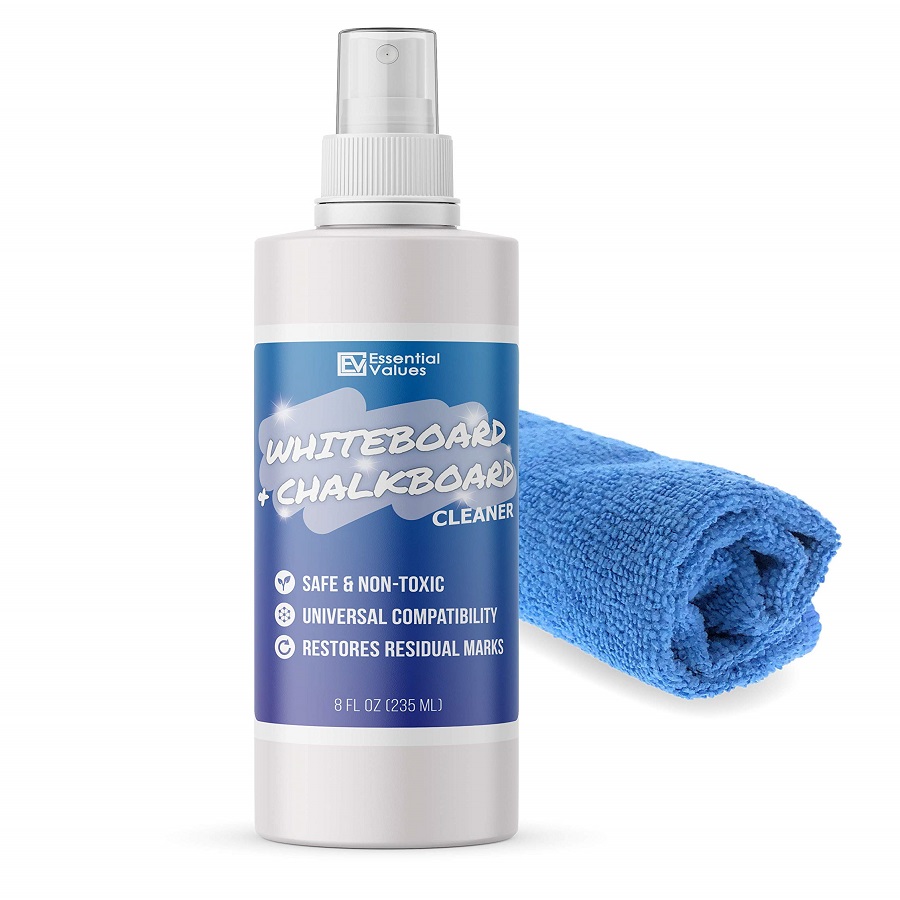
Method 3: Using Vinegar and Water Solution
A Natural and Safe Alternative
If you prefer a more eco-friendly cleaning solution, a vinegar and water mixture can be an excellent alternative for removing old marker stains from your whiteboard. Vinegar is mildly acidic, which helps to break down the pigments in the ink. Here’s how to prepare and use this solution:
- Prepare the Solution: Mix equal parts of white vinegar and water in a spray bottle. You can also add a few drops of dish soap for extra cleaning power if needed.
- Spray the Solution: Lightly spray the vinegar solution onto the stained areas of the whiteboard. Be careful not to oversaturate the surface, as this can cause streaking.
- Wipe and Buff: After allowing the solution to sit for a minute or two, use a soft cloth to wipe away the stains. If needed, repeat the process until all stains are gone. Once finished, buff the surface to restore its shine.
Benefits and Considerations
Vinegar is a non-toxic, natural cleaner that’s gentle on most whiteboard surfaces. It’s a great alternative for those concerned about using harsh chemicals. However, it may not be as effective on deeply ingrained stains or permanent markers, in which case a stronger solution may be necessary.
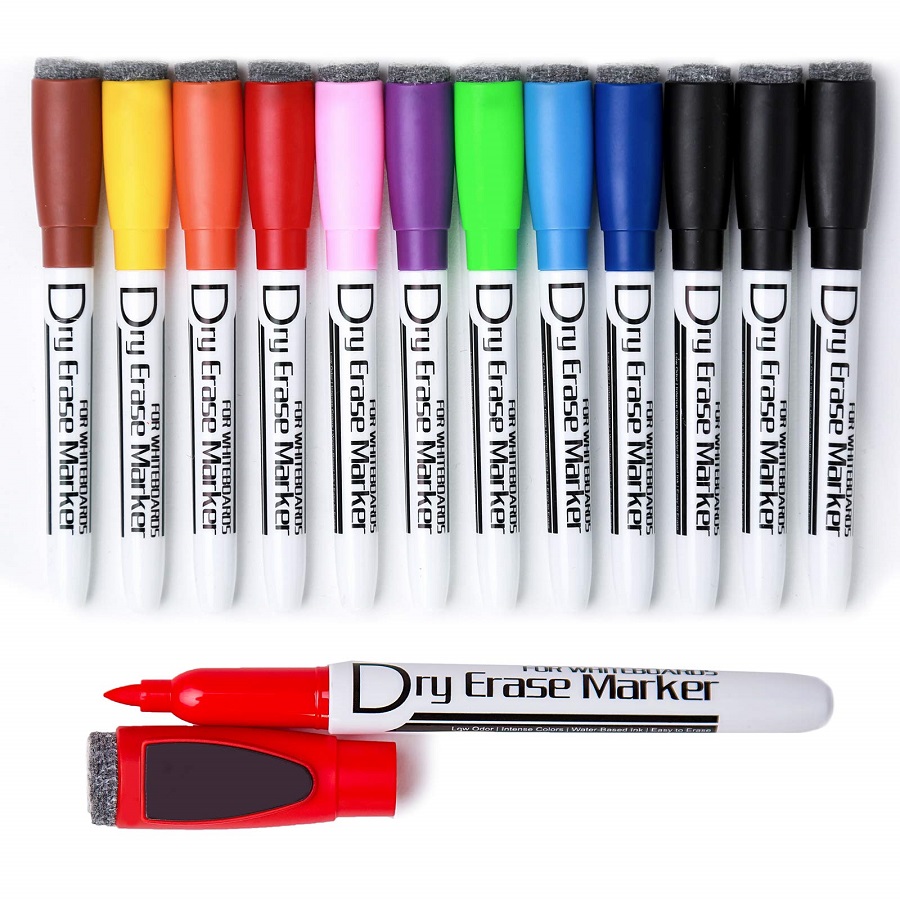
Method 4: Using Commercial Whiteboard Cleaners
When to Use Specialized Products
For those who want a quick and efficient solution, commercial whiteboard cleaners are widely available. These products are specifically designed to clean whiteboard without damaging the surface. While they tend to be more expensive than homemade alternatives, they can offer superior results, particularly on old stains. Here’s how to use them:
- Choose the Right Cleaner: Purchase a whiteboard cleaner that is suitable for your board type. Be sure to check the label to ensure it’s safe for use on dry-erase surfaces.
- Apply the Cleaner: Follow the manufacturer’s instructions on how to apply the cleaner. Most products require spraying a small amount onto the stained area.
- Wipe and Buff: Use a soft cloth or paper towel to wipe away the cleaner and stains. Buff the surface to remove any residue and restore the board’s appearance.
Pros and Cons of Commercial Cleaners
The main advantage of commercial whiteboard cleaners is their effectiveness and ease of use. These products are formulated to tackle tough stains, and many also help to prevent future marker buildup. However, they can be expensive, and some products may contain chemicals that could be harmful if used improperly. Always ensure you are using a cleaner that is safe for your particular whiteboard type.
Preventing Future Marker Stains
Tips for Maintaining a Clean Whiteboard
Once you’ve successfully cleaned your whiteboard, it’s important to implement practices that will help prevent future marker stains. Here are a few tips to keep your whiteboard in pristine condition:
- Use High-Quality Dry-Erase Markers: Low-quality markers tend to leave more residue behind, so opt for reputable brands to minimize stains.
- Clean Regularly: Make a habit of cleaning your whiteboard after each use. This will prevent the ink from setting and becoming harder to remove over time.
- Avoid Permanent Markers: Be cautious when using markers on your whiteboard. Always ensure you’re using dry-erase markers to avoid permanent stains.
- Use a Protective Cover: If your whiteboard isn’t in use, consider covering it with a cloth or board cover to prevent dust or dirt buildup.
Conclusion: Keep Your Whiteboard Looking New
Clean old marker stains from your whiteboard doesn’t have to be a daunting task. With the right tools and techniques, you can restore your board to its original state. Whether you choose to use rubbing alcohol, the dry-erase marker overwrite method, a vinegar solution, or a commercial cleaner, there are plenty of effective solutions to suit your needs. Remember, regular cleaning and maintenance are key to preventing future stains and ensuring your whiteboard remains a valuable tool for years to come.
